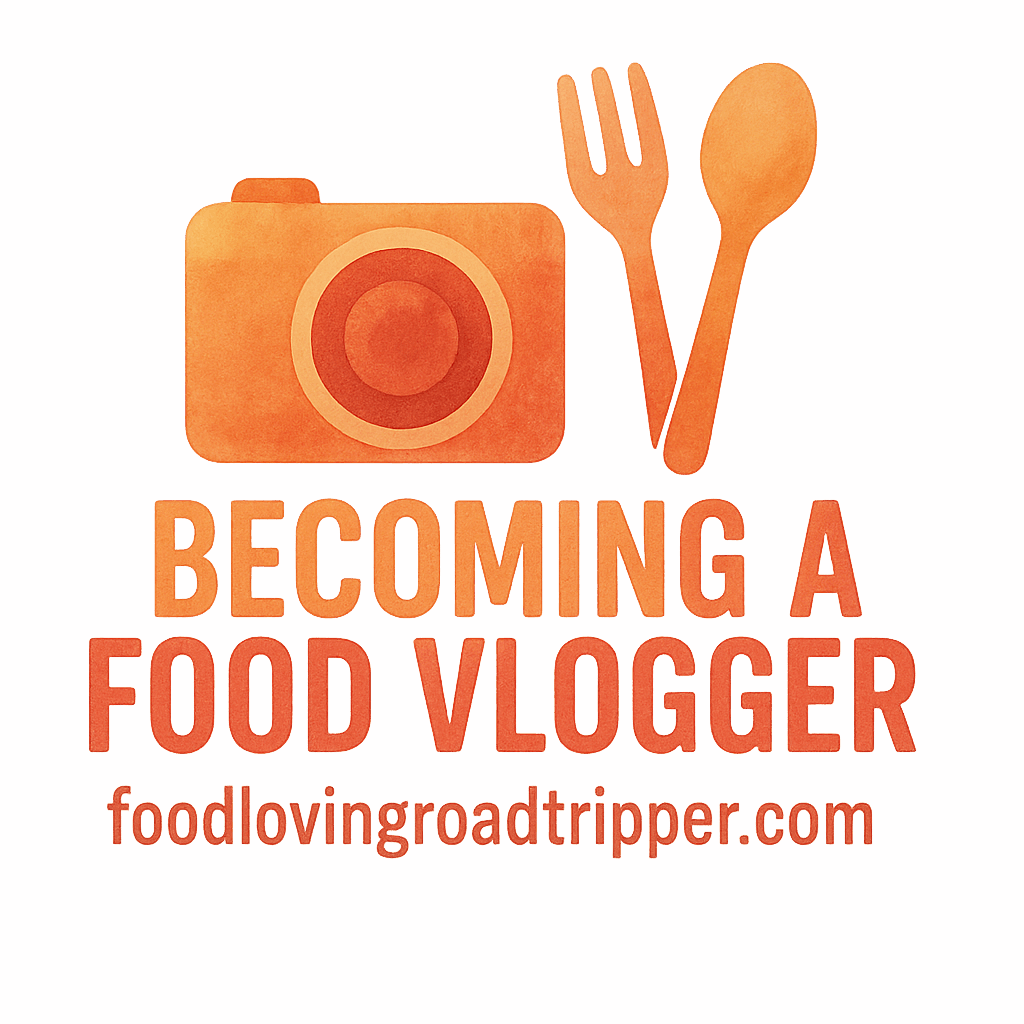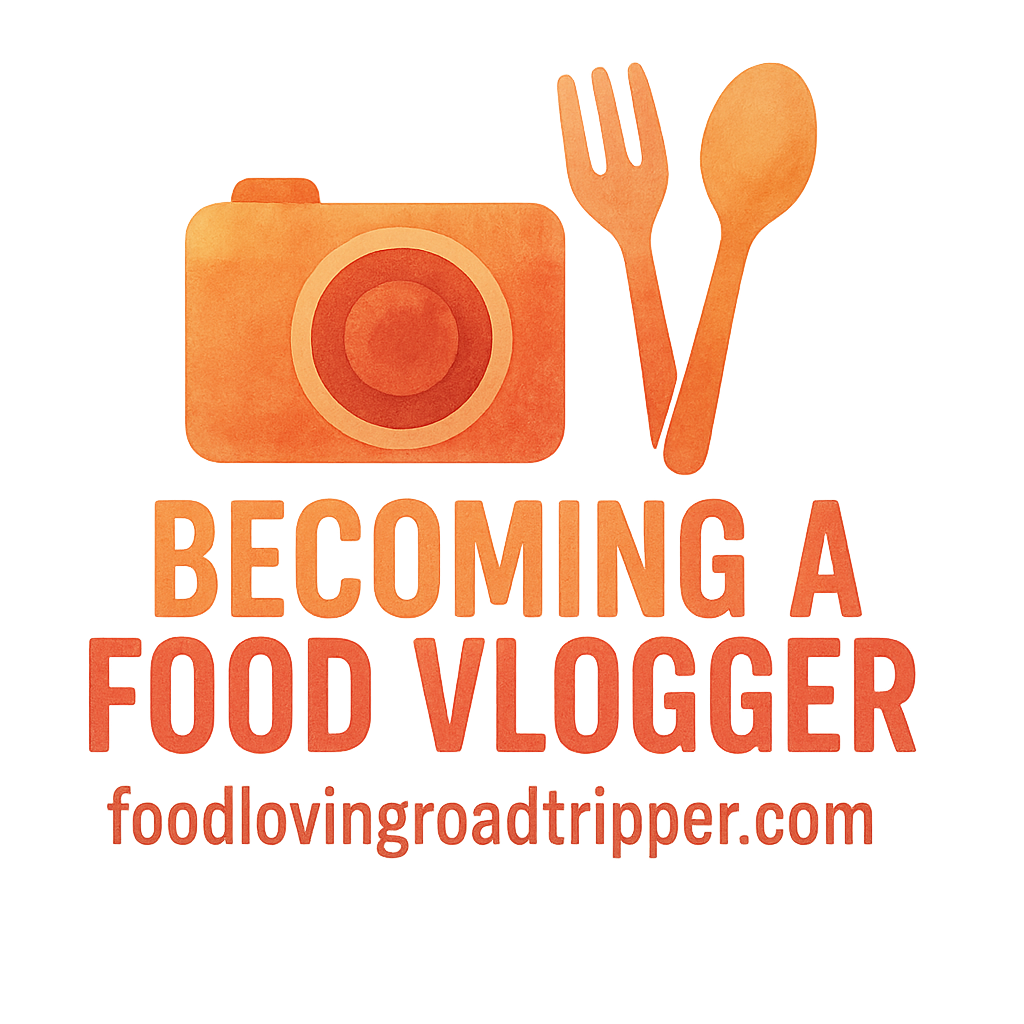Introduction: Why the Right Gear Matters for Food Vloggers
Starting a food vlog? The kitchen is your stage, and the equipment you use will make or break your content. Whether you’re a seasoned pro or just starting out, having the right gear is essential to creating high-quality videos that captivate your audience. In this guide, we’ll walk you through nine essential gear setups that will take your kitchen shoots to the next level. From cameras to lighting, each tool plays a pivotal role in how your food videos look and feel. If you’re looking to get started with food vlogging, check out our comprehensive guide on Getting Started with Food Vlogging.
1. The Essential Camera Gear for Food Vlogging
When it comes to food vlogging, the camera is your most important tool. It’s not just about capturing the food; it’s about capturing the story you’re telling through your dishes.
Choosing the Right Camera: DSLR vs. Mirrorless
First, let’s talk about the type of camera you should use. Should you go for a DSLR or a mirrorless camera? While both have their perks, mirrorless cameras are lighter, more compact, and offer great video quality. DSLRs, on the other hand, tend to have more lens options and a better overall build quality. Either way, make sure your camera shoots in at least 1080p or 4K resolution for sharp, professional-looking footage.
Recommended Camera Models for Kitchen Shoots
Some great options for food vloggers include:
- Canon EOS Rebel T7i: A solid choice for beginners, offering great autofocus and crisp image quality.
- Sony Alpha a6400: Known for its fast autofocus and 4K video, this mirrorless camera is a vlogging favorite.
- Panasonic Lumix GH5: If you want professional-level video quality with excellent stabilization, this is the one to go for.
If you’re on a tight budget, don’t forget to check out our guide on budget-friendly food vlogging equipment here: Budget Food Vlogging Gear.
2. Lighting: Creating the Perfect Ambience for Your Shoot
Lighting can make or break a food shoot. Proper lighting not only enhances the colors of your dish but also helps set the mood. Good lighting will elevate your food presentation and make it irresistible to your audience.
Natural vs. Artificial Lighting: What’s Best?
Natural light is ideal for food vlogging, as it brings out the true colors of the food. However, it’s not always reliable, especially if you’re shooting indoors with minimal daylight. That’s where artificial lighting comes in handy. Using a mix of both can give you flexibility, but make sure to avoid harsh overhead lights that create unflattering shadows.
Best Lighting Equipment for Kitchen Vlogging
If you’re looking to upgrade your lighting setup, here are a few options:
- Softboxes: These create a diffused light that eliminates harsh shadows and gives your food a soft, flattering glow.
- Ring Lights: Perfect for close-ups, ring lights provide a uniform, shadow-free light, especially for overhead shots.
- LED Panels: These are a great option for adjustable lighting. They’re lightweight, portable, and provide consistent illumination.
Ring Lights vs. Softboxes: Which One to Choose?
Both are great, but if you’re working with limited space, a ring light is your best bet. If you want more control over the light distribution, softboxes are the way to go. For a deeper dive into lighting setups, take a look at our detailed post on equipment and tools for food vlogging here: Food Vlogging Equipment and Tools.
3. Tripods and Stabilizers: How to Keep Your Shots Steady
Keeping your camera steady is crucial for creating smooth, professional-looking footage. A tripod will help you achieve steady shots, while a stabilizer will allow for fluid motion when filming.
Best Tripods for Kitchen Shoots
Look for tripods that can hold your camera securely without wobbling. Some top picks include:
- Manfrotto 190XPRO: A sturdy tripod with adjustable legs, perfect for different shooting angles.
- Joby GorillaPod: Ideal for more flexible setups, allowing you to mount your camera on different surfaces.
Using Stabilizers for Smooth Footage
If you plan on doing any dynamic shots (like tracking a dish as it’s being prepared), a stabilizer or gimbal is a must-have. The DJI Ronin-S is a top choice for smooth, cinematic footage.
For more tips on tripods and stabilizers, visit our post on vlogging equipment and tools at Vlogging Equipment.

4. Lenses: The Secret to Stunning Food Shots
Lenses are the unsung heroes of food vlogging. The right lens can help you create that dreamy, blurry background while keeping your dish sharp and detailed.
Wide-Angle vs. Macro Lenses: What Works for Food?
Wide-angle lenses are perfect for capturing the whole kitchen or a wide shot of your ingredients. However, macro lenses are a must-have for getting up-close, detailed shots of the food, showing textures, steam, and other small elements.
Recommended Lenses for Different Angles
For a versatile setup, consider:
- Canon EF 50mm f/1.8 STM: Great for close-up shots with beautiful bokeh.
- Sigma 18-50mm f/2.8 DC DN: A good all-around lens for both wide-angle and close-up shots.
Learn more about how to style your food shots in our post on styling and editing tips for food vlogs here: Food Styling and Editing.
5. Microphones: Clear Audio for Food Vlogging
Good audio is just as important as great visuals. You want your viewers to hear the sizzle of your pan, the crunch of the food, and the ambiance of the kitchen. Make sure your microphone setup captures high-quality audio without distortion or background noise.
Why Audio Matters in Food Vlogging
No matter how beautiful your footage is, poor audio quality can ruin the experience. A shotgun mic or lapel mic can help you achieve crisp, clear sound.
Top Microphones for Kitchen Shoots
Some of the best microphones for food vloggers include:
- Rode VideoMic Pro+: A compact shotgun mic that delivers excellent sound quality.
- Zoom H5 Handy Recorder: A portable option that lets you capture sound from multiple sources.
If you need tips on engaging your audience through your audio, check out our engagement tips here: Audience Engagement in Vlogging.
6. Backdrops and Props: Styling Your Kitchen Set
A simple kitchen backdrop can make all the difference in how your food looks on camera. The right props and a clean, aesthetically pleasing setup will help enhance the visual appeal of your food.
How to Choose the Right Backdrop for Food Shoots
For an elegant, minimalist look, opt for neutral-colored backdrops that won’t distract from the food. If you want to add some texture, try using wooden or marble surfaces.
Using Props to Enhance the Visual Appeal
Props like cutting boards, utensils, and fresh herbs can elevate your food styling and create a more engaging video.
For more insights into how to style your kitchen set, visit our article on monetization tips and how to attract sponsors: Monetization for Food Vloggers.
7. Editing Software and Tools for Food Vloggers
Once you’ve captured your footage, it’s time to bring it all together. The right editing software will help you cut, color-correct, and enhance your videos. High-quality editing can make a world of difference in the final product.
Essential Editing Software for Food Videos
- Adobe Premiere Pro: A powerful tool for professional-grade editing.
- Final Cut Pro X: A great option for Mac users, offering intuitive controls and features.
- DaVinci Resolve: A free option with advanced color grading features.
For additional tools and editing advice, check out our page on content creation for food vloggers: Content Creation Tips.
8. Creating a Comfortable Workflow: Kitchen Setup Tips
A smooth workflow is key to creating great content. Here are a few tips for organizing your kitchen setup:
Organizing Your Kitchen for Efficient Shoots
Make sure your ingredients, tools, and camera gear are all within arm’s reach. This will minimize setup time and help you stay focused on the shoot.
Optimizing Space for Multiple Angles
Consider how you can rearrange your kitchen to accommodate different shots. Use a small, portable table for your cooking process and a larger one for plating and final shots.
For a deeper dive into optimizing workflows and planning your content strategy, visit: Content Planning Tips.
9. Budget-Friendly Gear for Food Vloggers
You don’t need to break the bank to create great content. There are plenty of budget-friendly alternatives that still deliver impressive results.
Affordable Alternatives for Every Vlogger
- Canon EOS Rebel T7 for a budget DSLR
- Neewer Ring Light Kit for affordable lighting
- UBeesize Tripod for an affordable yet sturdy tripod
How to Get the Most Out of Your Budget
It’s all about prioritizing gear that makes the most difference in your production quality. Focus on getting a good camera, lighting, and a solid microphone. For more on budget-friendly solutions, check out our post on cheap gear for food vloggers here: Cheap Vlogging Gear.
Conclusion: Elevating Your Food Vlogging Game
With the right gear, you can create mouthwatering food videos that capture your audience’s attention. Whether you’re just starting out or looking to improve your setup, these nine gear ideas will help you produce professional, high-quality content. Remember, it’s not just about the gear—it’s about how you use it to tell your story. So, set up your kitchen, grab your camera, and start creating!
FAQs
- What camera is best for food vlogging?
- Do I need professional lighting for kitchen shoots?
- What is the best microphone for food vlogging?
- Can I use my phone for food vlogging?
- How do I get close-up shots of food?
- What lens should I use for food vlogging?
- How can I improve my food vlogging setup on a budget?


